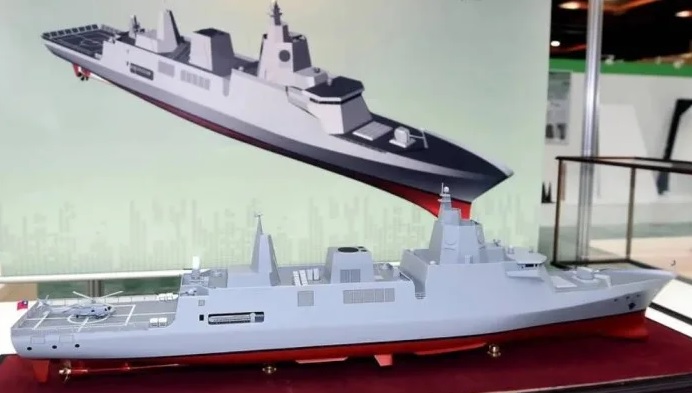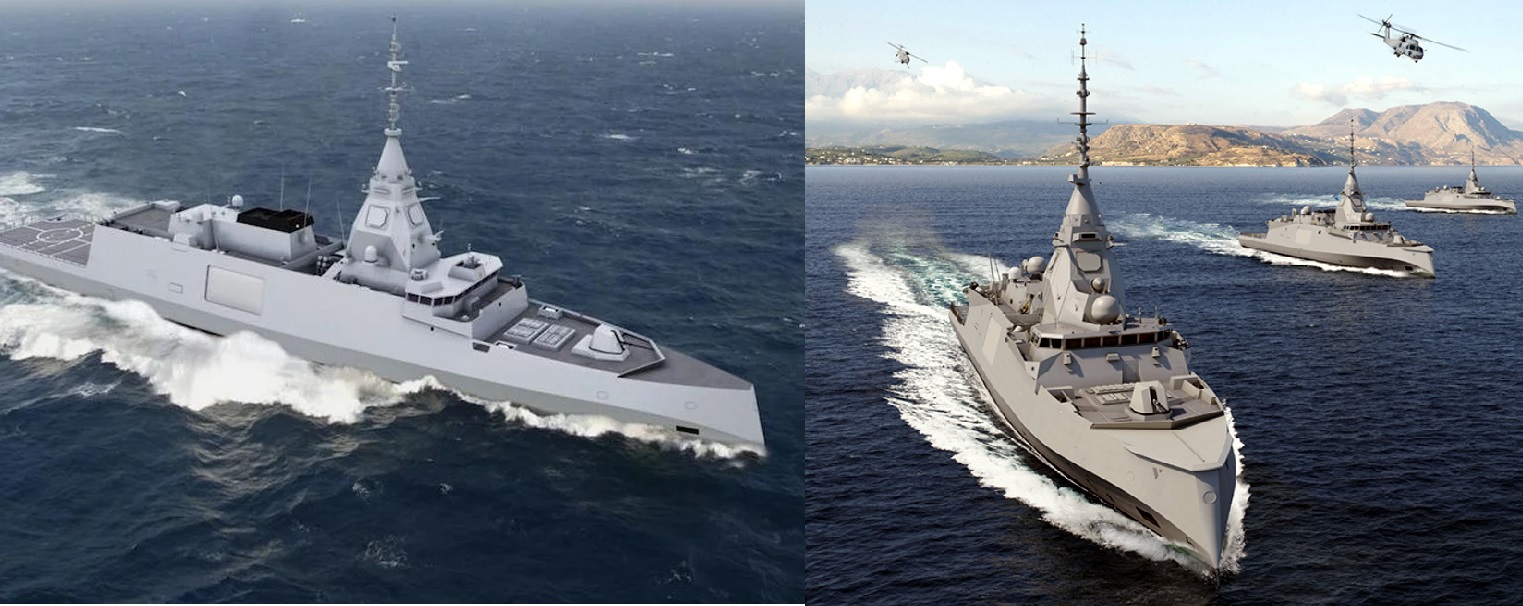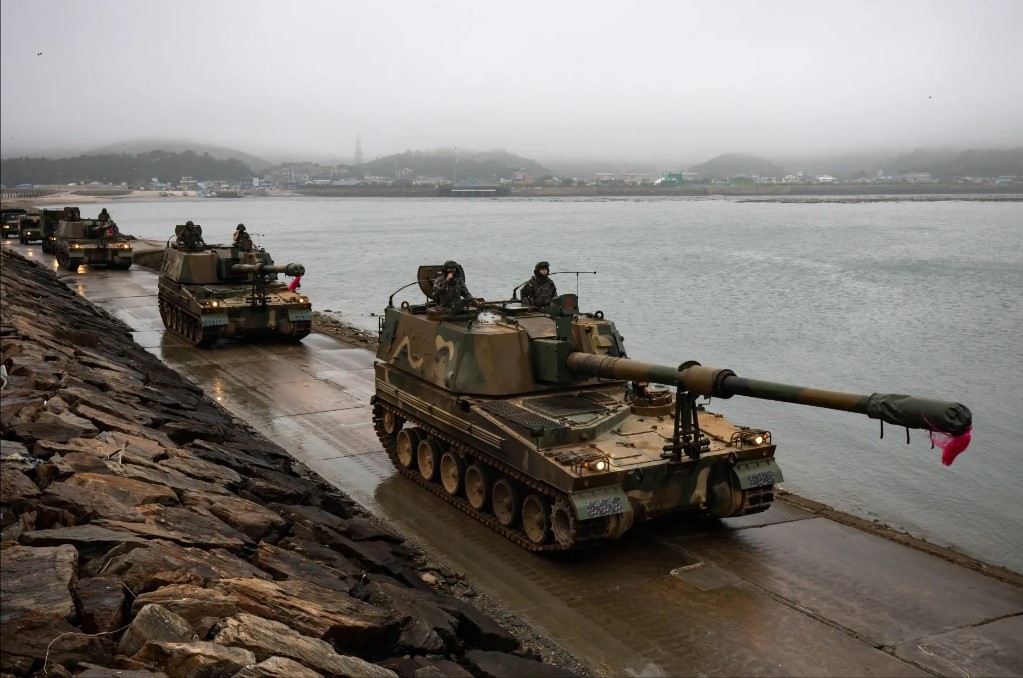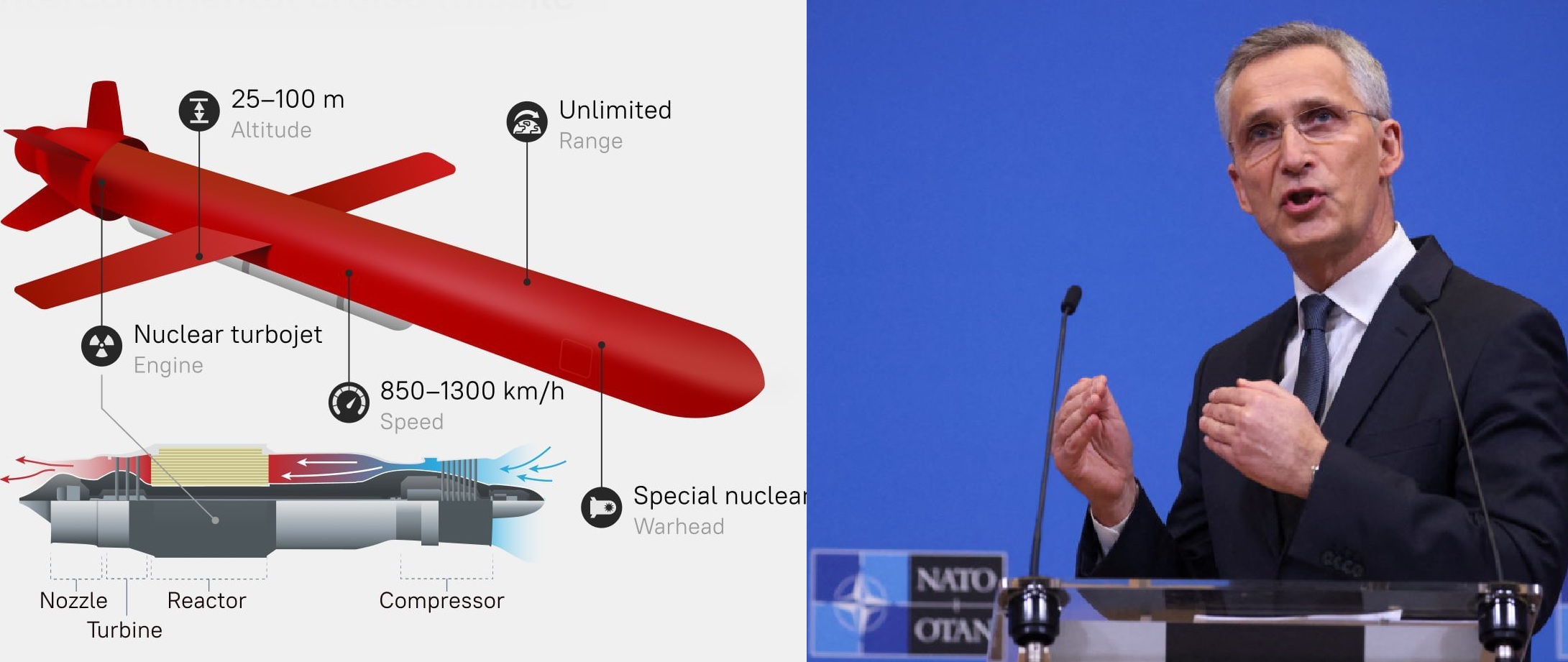Taiwan Quietly Restarts Its Next-Generation Frigate Program After Years of Uncertainty

Taiwan has quietly taken a major step in rebuilding its naval strength. After years of uncertainty, delays, and shifting priorities, the Republic of China (ROC) Navy has resumed work on its long-awaited next-generation frigate, a program once considered frozen but now revived with new funding, new urgency, and a new strategic purpose.
A Program Brought Back to Life
In late October, a small but important detail appeared in Taiwan’s 2026 defense budget: NT$142.03 million (US$4.4 million) set aside for the “design and evaluation” of a 6,000-ton combat vessel. For defense watchers, this was the first confirmation that the next-generation frigate—once shelved due to technological roadblocks—had finally returned.
Soon after, the ROC Navy posted a public call for proposals, signaling that the program was officially moving again. Engineers, naval architects, and defense companies are now preparing to submit designs for what could become Taiwan’s most advanced warship.
The Original Vision and the Long Pause
When the Navy unveiled its 12-item modernization plan in 2016, the next-generation frigate was one of its most ambitious projects. The goal was to build a 4,500-ton vessel equipped with a modern electronically scanned array radar—a leap forward in Taiwan’s maritime air-defense capability.
The ROC Navy turned to the nation’s top weapons developer, the National Chung-Shan Institute of Science and Technology (NCSIST). But ambition soon met reality. The Navy wanted not just an ESA radar, but a compact AESA radar, the same class of technology used on the world’s most advanced destroyers and stealth fighters.
Developing an AESA radar that could fit the size limits of a 4,500-ton frigate proved too difficult. The program stalled. Requirements changed. Meetings stretched on. And slowly, the project faded into silence.
To fill the gap, the Navy shifted attention toward smaller 2,500-ton “Tier-2” frigates, quicker to build and desperately needed to maintain the fleet.
But the big ship—the one meant to lead Taiwan’s future surface fleet—never disappeared. It simply waited.
A Bigger Ship With Bigger Aspirations
Now reborn as a 6,000-ton vessel, the next-generation frigate appears to be evolving into something far more capable than what the Navy first imagined.
According to reporting from Taiwan’s UPMedia, the new ship may be designed to carry Mk 41 vertical launch systems, opening the door to a striking possibility: the launch of Taiwan’s Hsiung Feng IIE (HF-2E) land-attack cruise missile.
This would give Taiwan something its navy has never had—long-range strike capability from the sea.
A ship armed with land-attack missiles would fundamentally change Taiwan’s maritime posture, transforming the Navy from a force focused on defense into one capable of deterrence far from its shores.
Modifying the Fleet for Long-Range Strike
The plan doesn’t end with the new frigate. The Navy is reportedly modifying the Keelung-class destroyers—once part of the U.S. Navy’s Kidd-class—to:
-
Install HF-2E launch systems on the rear deck
-
Integrate new fire-control consoles
-
Prepare for pre-programmed land-attack strikes
Taiwan already has experience adapting missiles to the Mk 41 VLS, having tested its Hai Kung III air-defense missile with the system. Engineers believe that the same approach can be used to integrate the HF-2E, giving Taiwan a consistent launch platform across its surface fleet.
In other words, the new frigate is not just a ship—it's the centerpiece of a broader transformation.
Why Taiwan Needs New Warships Now
On paper, Taiwan has 25 major surface combatants. In practice, many of these ships are old—some very old.
The Chi Yang-class frigates, originally American Knox-class ships built in the late 1960s and early 1970s, are more than 50 years old. They run on steam turbines, an obsolete technology, and their air defense systems are limited.
Even the newer ships—the Kang Ding and Cheng Kung classes—date back to the 1990s and early 2000s.
Fifteen of Taiwan’s warships are more than two decades old. In a region being transformed by China’s rapidly expanding navy, time is not on Taipei’s side.
The next-generation frigate is meant to replace the aging fleet with something far more capable: a ship with modern radars, modern missiles, and the ability to survive and fight in an increasingly hostile environment.
A New Strategic Role
Beyond replacing old hulls, the new frigate fits into Taiwan’s wider defense strategy:
“resolute defense, multi-domain deterrence.”
China’s naval activities near Taiwan have surged. PLA destroyers and frigates regularly sail close to the island. Chinese carriers are operating more frequently in the western Pacific. And Beijing’s missile arsenal continues to grow.
Taiwan’s response is clear:
-
Build ships that can detect threats earlier,
-
shoot down incoming missiles,
-
and potentially strike back at distant military targets if necessary.
The next-generation frigate may become the ship that ties these objectives together.
What Comes Next
With funding in place, the Navy will now enter a yearlong design and evaluation phase. Domestic shipbuilders will compete for the contract. NCSIST will continue work on the AESA radar. Engineers will refine combat system integration.
If all goes smoothly, the first hull could be laid down before 2028, and the ship could enter service early in the next decade—just as Taiwan’s oldest frigates reach the end of their lives.
A Ship for a New Era
The revival of the next-generation frigate program marks more than the return of a delayed project. It signals Taiwan’s determination to modernize its navy—quietly, steadily, and with a clear understanding of the strategic environment it faces.
After years of waiting, the ROC Navy’s future flagship is finally moving from concept back toward reality.
✍️ This article is written by the team of The Defense News.





